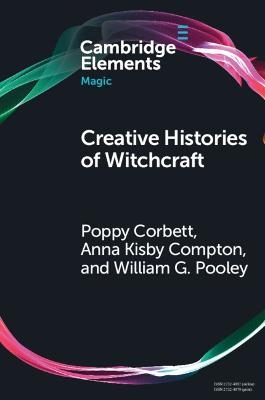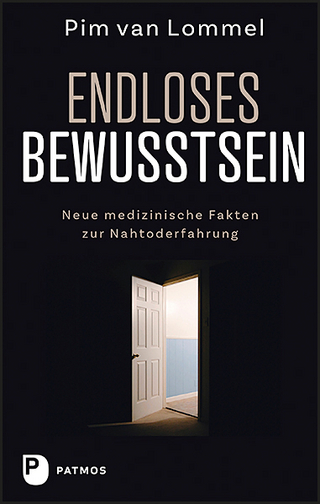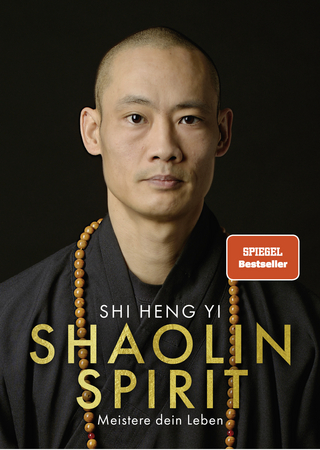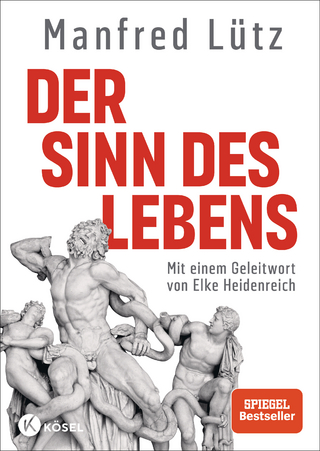
Creative Histories of Witchcraft
France, 1790–1940
Seiten
2022
Cambridge University Press (Verlag)
978-1-009-22103-0 (ISBN)
Cambridge University Press (Verlag)
978-1-009-22103-0 (ISBN)
How can researchers study magic without destroying its mystery? Drawing on a collaborative project between the playwright Poppy Corbett, the poet Anna Kisby Compton, and the historian William G. Pooley, this Element presents thirteen tools for creative-academic research into magic, illustrated through case studies from France (1790–1940).
How can researchers study magic without destroying its mystery? Drawing on a collaborative project between the playwright Poppy Corbett, the poet Anna Kisby Compton, and the historian William G. Pooley, this Element presents thirteen tools for creative-academic research into magic, illustrated through case studies from France (1790–1940) and examples from creative outputs: write to discover; borrow forms; use the whole page; play with footnotes; erase the sources; write short; accumulate fragments; re-enact; improvise; use dialogue; change perspective; make methods of metaphors; use props. These tools are ways to 'untell' the dominant narratives that shape stereotypes of the 'witch' which frame belief in witchcraft as ignorant and outdated. Writing differently suggests ways to think and feel differently, to stay with the magic, rather than explaining it away. The Element includes practical creative exercises to try as well as research materials from French newspaper and trial sources from the period.
How can researchers study magic without destroying its mystery? Drawing on a collaborative project between the playwright Poppy Corbett, the poet Anna Kisby Compton, and the historian William G. Pooley, this Element presents thirteen tools for creative-academic research into magic, illustrated through case studies from France (1790–1940) and examples from creative outputs: write to discover; borrow forms; use the whole page; play with footnotes; erase the sources; write short; accumulate fragments; re-enact; improvise; use dialogue; change perspective; make methods of metaphors; use props. These tools are ways to 'untell' the dominant narratives that shape stereotypes of the 'witch' which frame belief in witchcraft as ignorant and outdated. Writing differently suggests ways to think and feel differently, to stay with the magic, rather than explaining it away. The Element includes practical creative exercises to try as well as research materials from French newspaper and trial sources from the period.
1. Introduction; 2. Fidelity; 3. Brevity; 4. Performance; 5. Empathy; 6. Epilogue.
| Erscheinungsdatum | 10.08.2022 |
|---|---|
| Reihe/Serie | Elements in Magic |
| Zusatzinfo | Worked examples or Exercises |
| Verlagsort | Cambridge |
| Sprache | englisch |
| Maße | 152 x 229 mm |
| Gewicht | 134 g |
| Themenwelt | Sachbuch/Ratgeber ► Gesundheit / Leben / Psychologie ► Esoterik / Spiritualität |
| Geisteswissenschaften ► Religion / Theologie ► Weitere Religionen | |
| ISBN-10 | 1-009-22103-5 / 1009221035 |
| ISBN-13 | 978-1-009-22103-0 / 9781009221030 |
| Zustand | Neuware |
| Haben Sie eine Frage zum Produkt? |
Mehr entdecken
aus dem Bereich
aus dem Bereich
Neue medizinische Fakten zur Nahtoderfahrung
Buch | Softcover (2024)
Patmos Verlag
22,00 €
mit einem Geleitwort von Elke Heidenreich
Buch | Hardcover (2024)
Kösel (Verlag)
30,00 €


